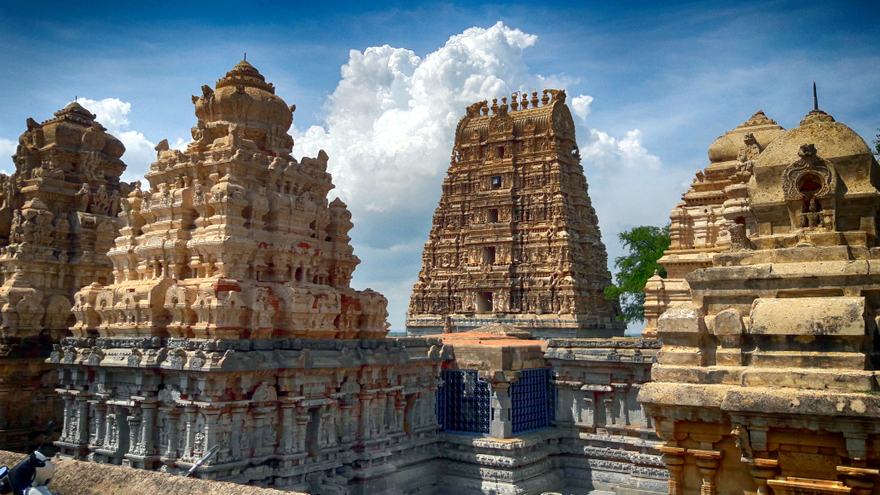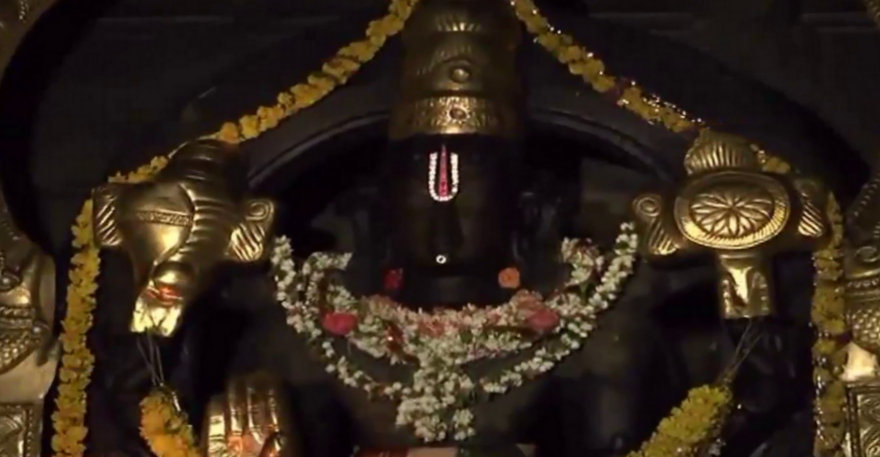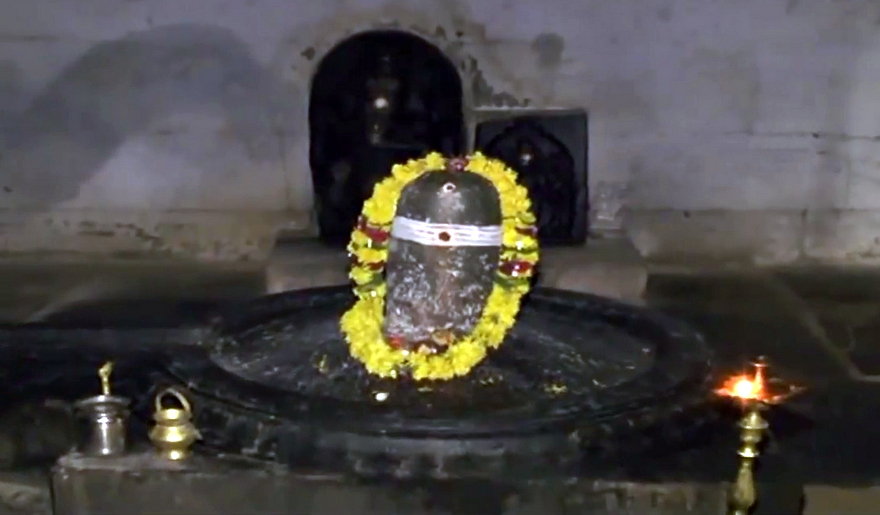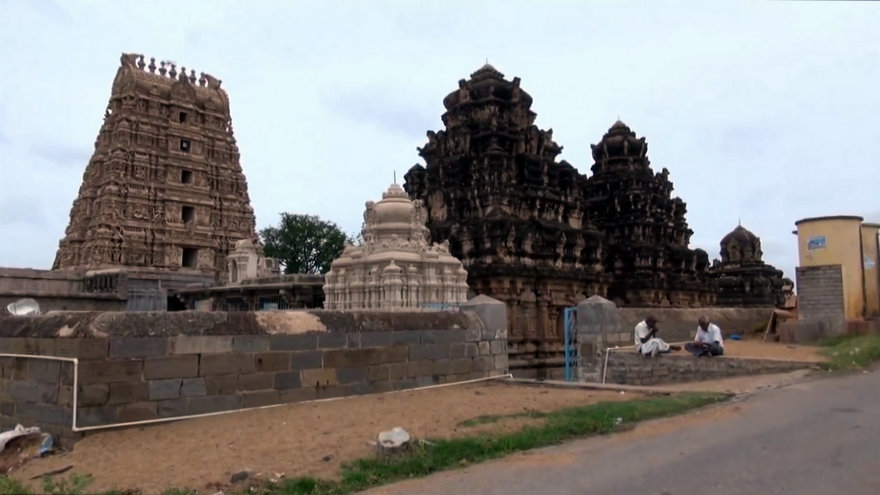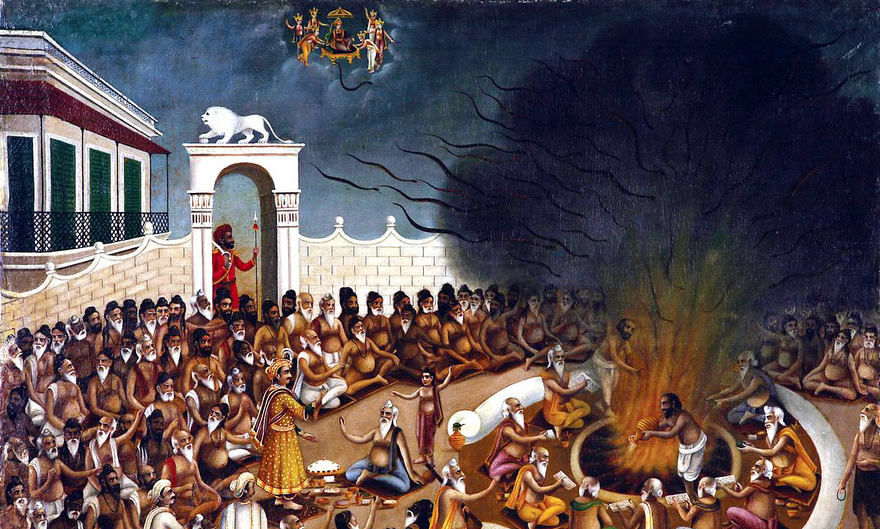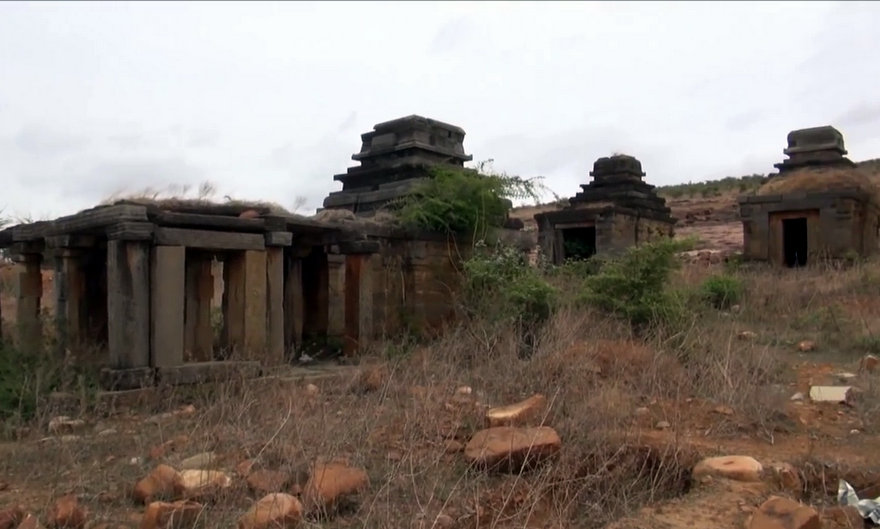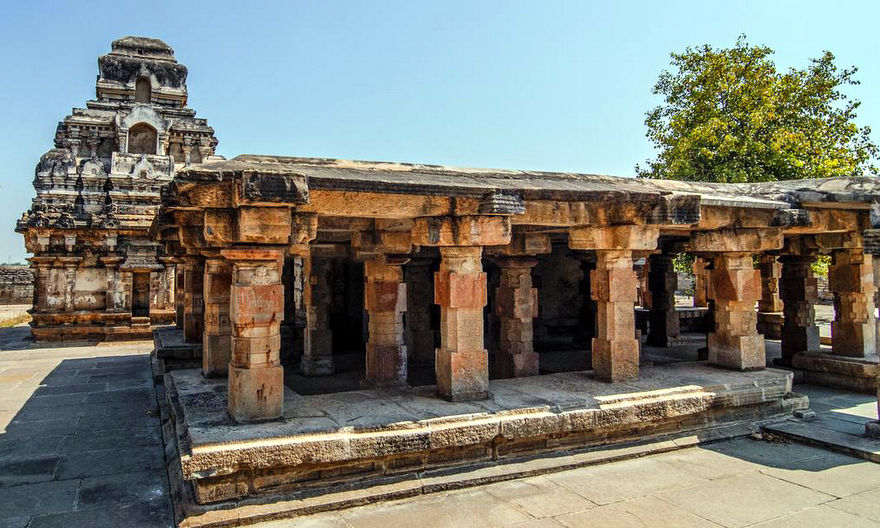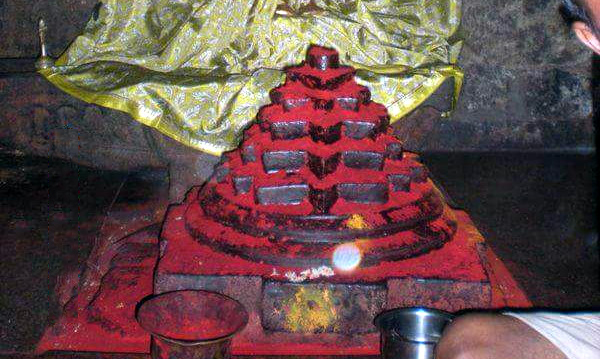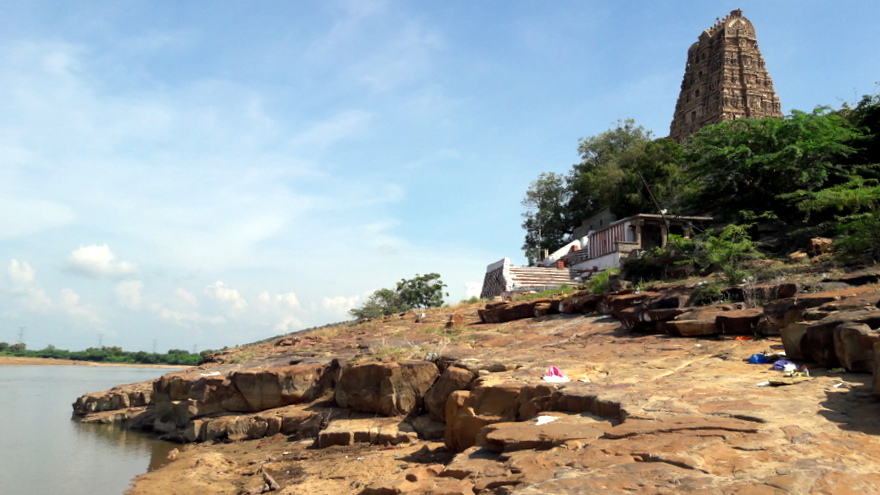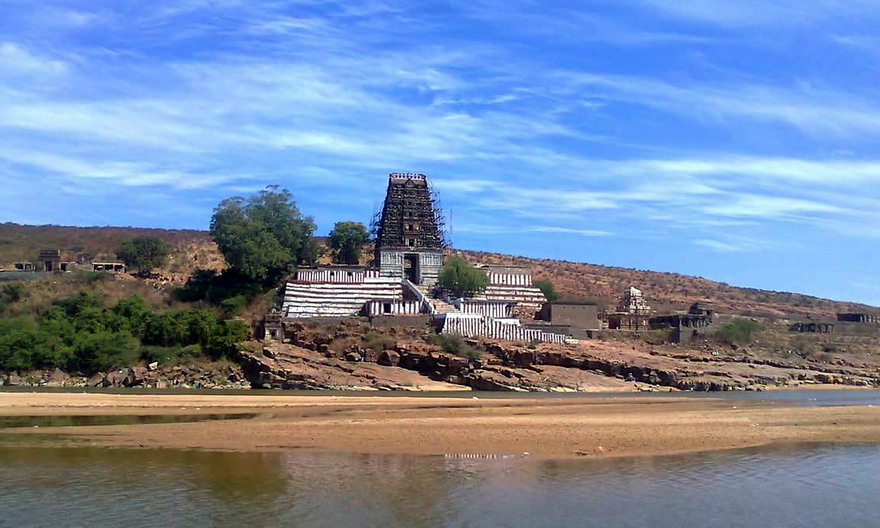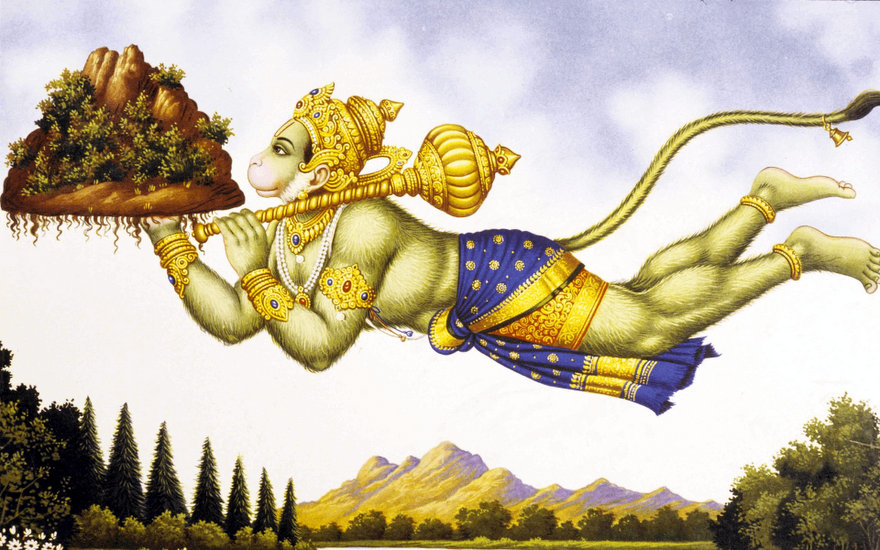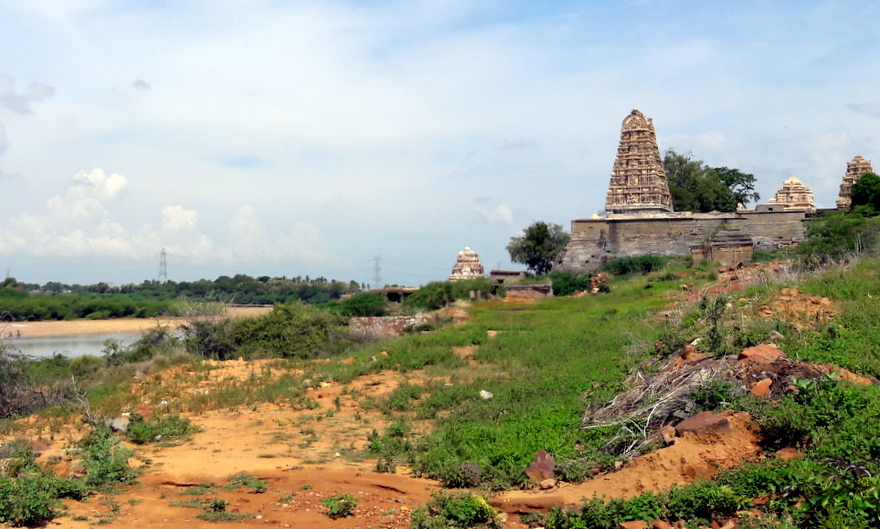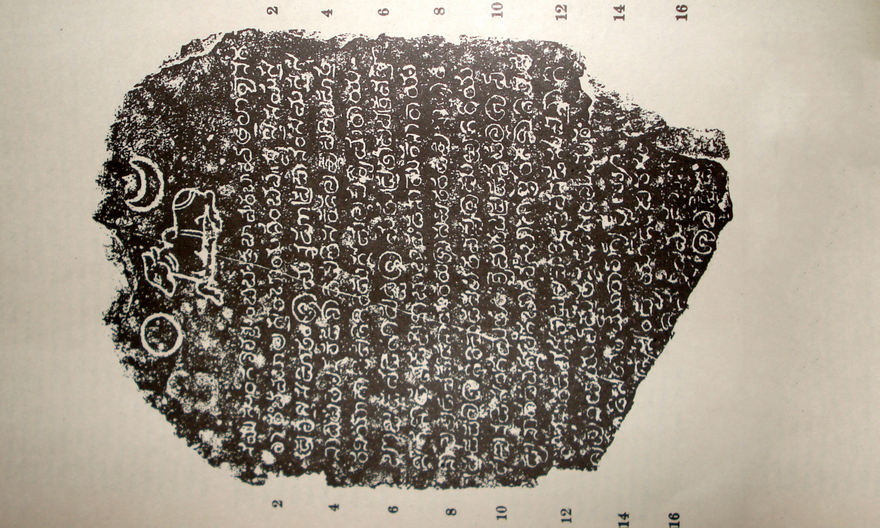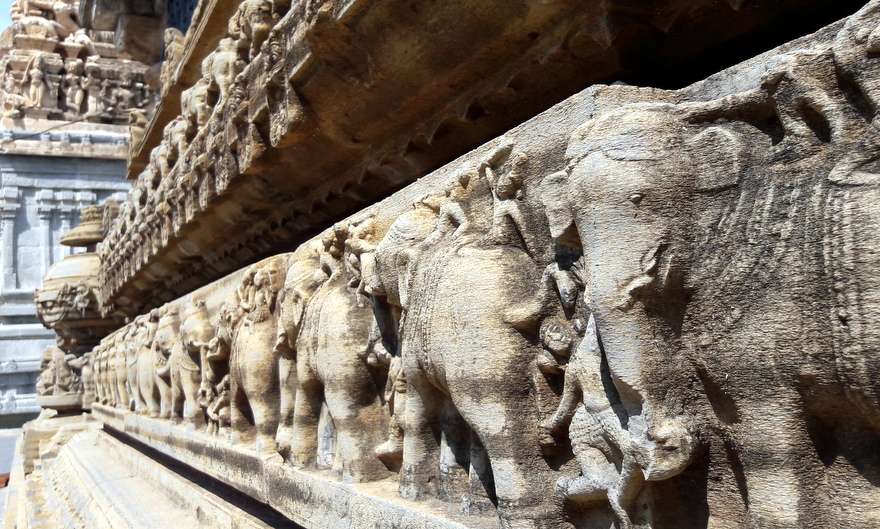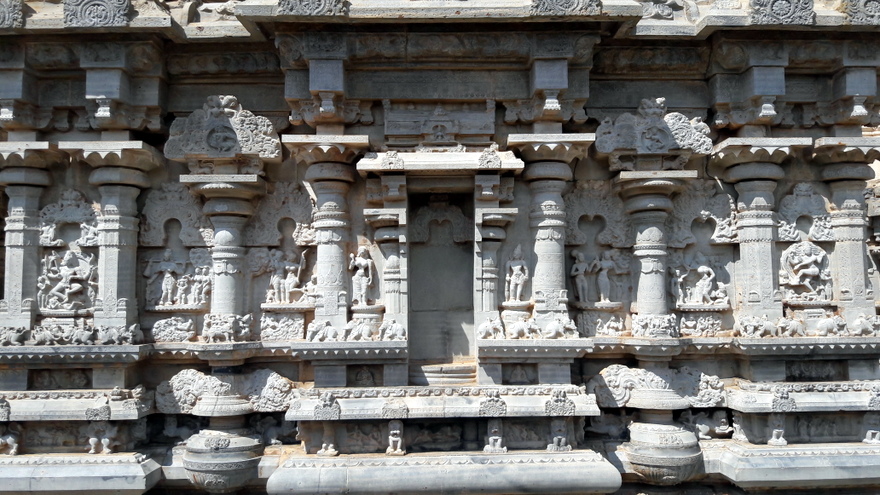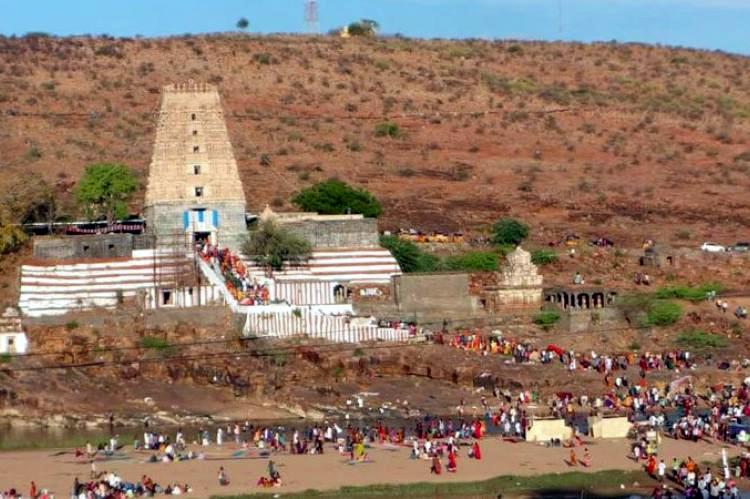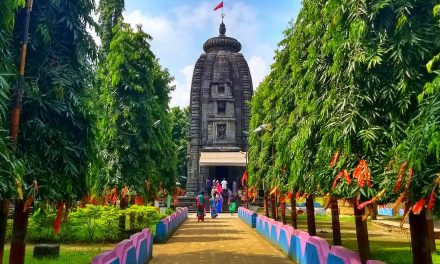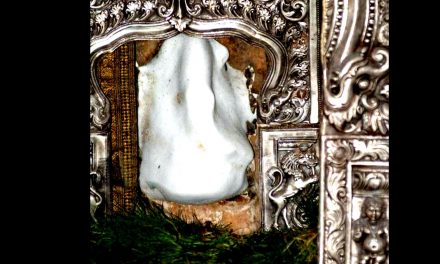Pushpagiri is a temple town in Kadapa District of Andhra Pradesh. The town lies on the banks of river Penna and is famous for its ancient temples. The main attraction of Pushpagiri is the Chenna Kesava Temple, a temple dedicated to Lord Vishnu, which is situated on the other side of the river Penna.
Whatever is the legend if is associated, it is now widely acknowledged that the temple of Sri Vaidyanatheswara has been in this temple complex from at least around 7th Century BCE.
There is a lot of documented history about the Pushpagiri Temple Complex. This is corroborated by various Puranas including the Srisaila Khanda of Skanda Purana and Sriranga Mahatmya of Garuda Purana The place was said to be mentioned in the Valmiki’s Sundarakanda chapter of Ramayana.
The first mention of Pushpagiri was about the old Indranatha Swamy temple. After the snake sacrifice, King Janamejaya performed a pilgrimage to the South India and in the process visited Pushpagiri. The hamlet of Chintalapatturu has an inscription in old Tamil that talk about the pilgrimage of King Janamejaya.
The kings and rich people erected many temples here as there was an ancient belief that building a temple in this place would bring them prosperity. And hence nearly hundred and one temples adorned Pushpagiri in ancient times.
About 10 kilometres from the confluence of Papagni and Pinakini rivers, there used to be an ashram of Agastya Maharishi. Sage Agastya after crossing the Vindhya mountains, vowed not to return to stop the range from growing in competition with Himalayas. While the sage himself stayed in the South, his disciples installed a Linga in the nearby place and left for the Ganges plains. The temple for the Linga came to be called after the great saint Agastya as Sri Agastheeswara Swamy temple.
Just opposite to the main temple, there is a Pushpagiri Matham (home of religious order), also called as Pushpagiri Peetam, which is said to have been established by Aadhi Sankaracharya, a renowned Hindu Saint, to promote his philosophy of Advaita. This is only Advaita Mutt in Andhra Pradesh. Another interesting thing, Sri Jagadguru Aadi Sankaracharaya Swamy installed Sri Chakra Yantra here.
There are various Legends being told here about temple history. According to one story, When Garuda carrying Amrutham (Necter) from Indra Loka , a drop fell down and turned into a holy theertha. Power of this theertha came to know when a farmer in distress tried to suicide by jumping into this theertha and found himself turned into young man. He then made his wife and oxen to take dip in this theertha and they all regained their youth. When the news of the theertha reached Satya Loka (Braham Loka), Brahma worried about its existence and sought help from Lord Maha Vishnu and Lord Siva. Lord Siva ordered Lord Hanuman to drop a mountain on top of it. Astonishingly, the mountain started floating instead of sinking. Then Lord Vishnu and Siva clamped their feet at it’s side so that mountain will not float again. Imprints of Lord Vishnu and Siva can be seen here. The foot print of Siva became famous as Rudra Padam and Maha Vishnu as Vishnu Padam.
Another legend claims that during the time of Treta Yuga, Lord Rama worshipped Lord Vaidyanatheswara here and the flowers used in the process have accumulated so high that a flowery mound is established and hence the name Pushpagiri.
And the story of Hanuman bringing Sanjeeva mountain and a flower petal from mountain felling in to the lake here and got sanctified is also widely popular.
The temple complex covers an approximate area of 7.5 square kilometres. There is lush greenery surrounding the hamlets that include in the temple complex with crops watered from the rain as well as the river year round. Despite the hot tropical summers in the region, there is always water in the area due to the underwater level butted by the river. During the rainy season, the area is quite a sight for the beholders. The river Pinakini flows from west to east, changing its course towards the south at Pushpagiri and soon after the hamlet of Sivalapalle, the river changes its course again to travel east finally opening into the sea in Nellore District.
Pushpagiri temple complex has hundreds of varieties of inscriptions ranging a wide range of periods. Various kings, rulers and local chieftains that ruled the area have endowed the temple complex with grants and monuments. In the year 991 CE, Trailokya Malla Raju has noticed that the main idol of the Chennakesava Swamy temple was in a dilapidated situation and has undertaken a restoration work. An inscription to this effect is visible on the temple walls. A stepped route from the river to the temple has also been built during this time. The inscription has been written in old Kannada and Tamil scripts. In the year 1509 CE, as soon as Krishna Deva Raya was instilled on throne at Vijayanagara, he has presented the village of Chinnamachupalle to Pushpagiri Chennakesava Swamy temple A Kannada inscription to this effect has been found in the village of Chinnamachupalle.
The architectural styles of the Pushpagiri temple complex range from the age of Ikshvakus to the modern chieftains that subordinated to the kings of Vijayanagara empire. To name a few, it has remnants of the past belonging to Ikshvakus, Pallavas, Cholas, Chalukyas, Rashtrakutas, Vaidumbas, Kayasthas and Vijayanagara empires.
The sculptures and carving on the outer walls are marvellous, Dancing statues with 8 hands, Sri Yoga Narasimha Swamy , Nataraja Swamy, Family of Siva with Vahanams, Bhakta Kanappa, Vishnu forms, Krishna preaching Gita to Arjuna, Mahisasura mardini, and many more interesting carvings on the outer walls.
Long before the struggle between Shaivites and Vaishnavites started, there was a sense of communal harmony amongst the people of Cuddapah district, especially those in the Pushpagiri region, It is evident from a variety of undamaged structures in the region that have stood side by side with no vandalism instigated by the various communal philosophies. The Vaishnavaite temple of Chennakesava and the temples surrounding it are of Indranatha, Bhimeswara, Trikuteswara and Vaidyanatheswara.
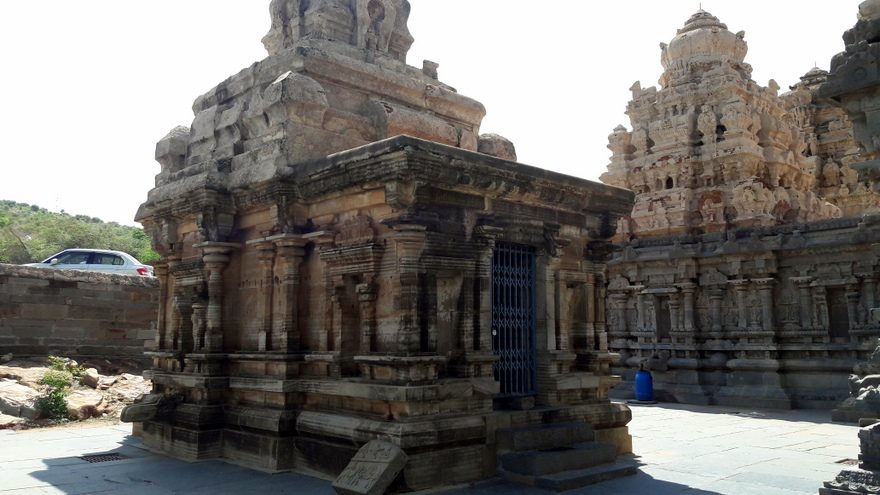 The pilgrim centre brims with devotees during Sivarathri and Vaikuntha Ekadasi.
The pilgrim centre brims with devotees during Sivarathri and Vaikuntha Ekadasi.
In 2012, The suspension bridge of 285 metres length and 2.50 metres width, estimated to cost Rs. 5 crore, was approved by the State government under the Heritage Tourism Circuit programme from Sri Kamakshi Vaidyanatha Swamy temple on the banks of Pennar river to Sri Lakshmi Chennakesava Swamy temple on the other bank. But we can clearly see that there is no sign of any work of it with is very shameful.

